Safe Cat Collars: Are All Collars Safe for Cats?
For the most part, they are. But here are some important things to consider while looking for that perfect kitty collar.
For the most part, they are. But here are some important things to consider while looking for that perfect kitty collar.
by Adrienne A. Kruzer, BBA, RVT, LVT, | April 15, 2024
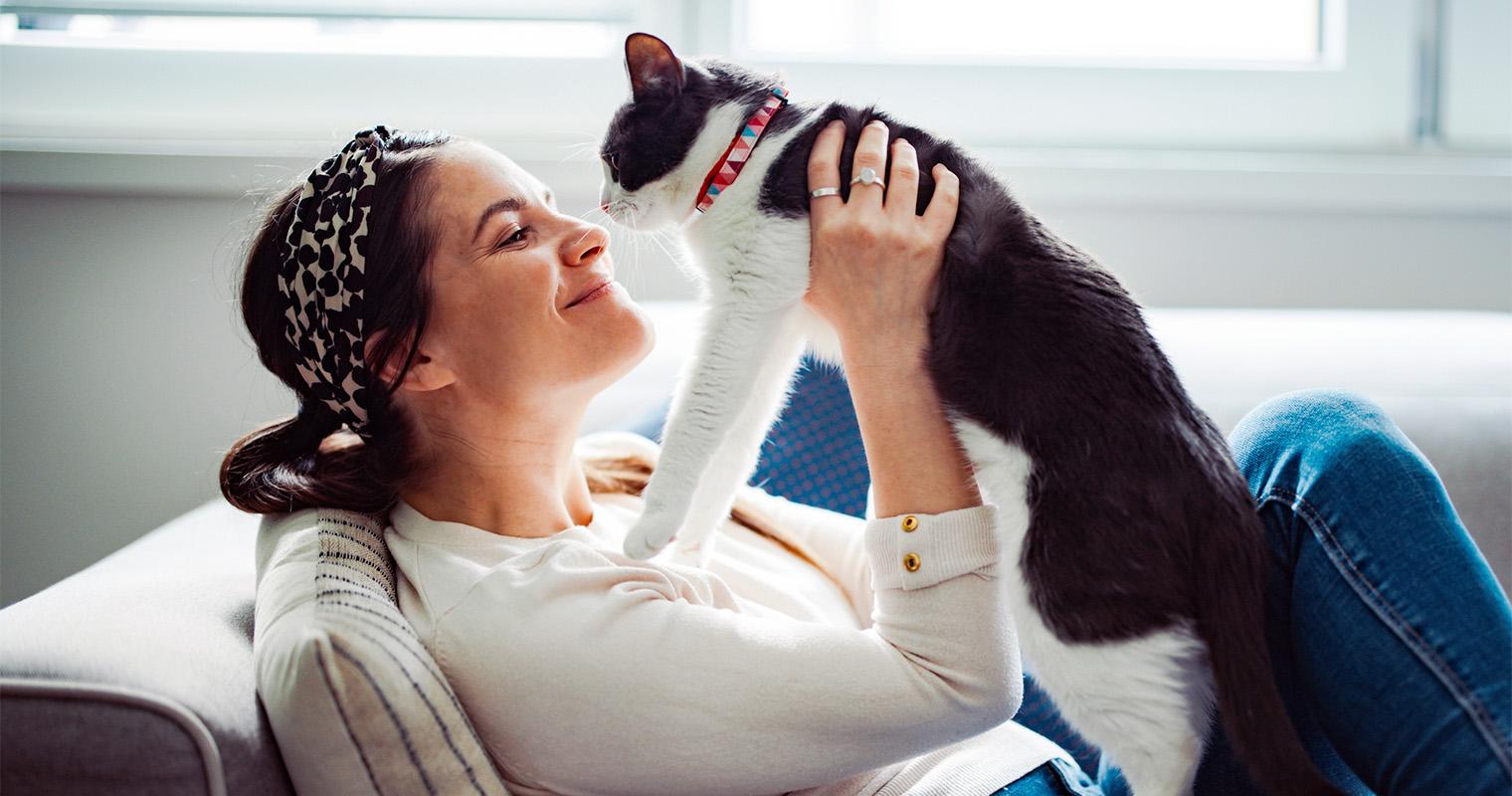
miniseries / iStock
When choosing a collar for your cat, safety should be the top priority. While they have their purposes — from identification to expressing a sense of style — not all collars are created equally. It’s crucial to understand the potential risks they pose, as well as the features to look out for, to find the right collar for your furry bestie.
Cats can be indoor pets, outdoor pets, or both. And while not all of them wear collars, it is usually recommended that they do, because collars can serve several purposes. A cat collar can be something to: attach a leash to (although a harness is a better option); deliver flea and/or tick medicine; carry identification information; provide visibility in the dark; and clip a bell to, alerting people and other animals to a cat’s presence. The degree to which you find these reasons beneficial will help determine if your cat should wear a collar.
An indoor cat can benefit from wearing a collar, especially if you are worried about them escaping, want to hear when they are near, or need a way to provide flea and tick prevention.
Some people are worried about tripping over their cats if they don’t know where they are, or are looking for an alert if they have pets who are scared of cats. If your indoor cat wears a collar, you can attach a bell to them to act as an alarm system. It is also a very real possibility that your indoor cat may escape out of an open door. A collar with an identification tag will help people who find your cat more easily locate you. Finally, if you don’t like the idea of giving your cat liquid or pill-based flea-and-tick preventative medicine, your indoor cat could benefit from a flea and tick collar.
A properly fitted cat collar is usually very safe, but there are always situations that can make a collar unsafe for your cat. If your kitty is being transported or staying in a kennel, a collar can quickly become unsafe if it snags on something and is not a breakaway cat collar. Additionally, flea and tick collars can be toxic if they are not specifically formulated for cats. This can cause skin irritation, or even larger problems if they are nibbled on by your pet.
Choosing the right collar for your cat is not only an aesthetic decision, but a safety consideration, too. Although the wrong collar could fall off or cause harm to your cat, the right collar can help keep your cat safe. You’ll want to choose one that not only fits well, but also fulfills the need for why you want your cat to wear a collar.
The type of collar you choose will depend on why you want your cat to wear a collar. Different types of cat collars are beneficial for different reasons, and some may be better for your cat than others.
Identification collars: Identification collars are helpful if your missing cat is found by someone who doesn’t know whom they belong to. Tags can be attached to a standard collar for written identification, while other collars may be customized with stitching to identify your cat.
Breakaway cat collars: Unless you plan to use your cat’s collar for a leash or for flea and tick prevention, the best collar for a cat is a breakaway collar. These special collars are designed to pop apart if something pulls hard enough on them. This becomes especially useful if your cat’s collar gets stuck on something that would otherwise result in them being choked.
Reflective cat collars: Collars with reflective surfaces or lights can help an outdoor cat be seen in the dark. If your cat spends time outside at night, consider a reflective collar to decrease the likelihood of them being hit by a car.
Collars for cats with bells: Bells are often attached to indoor-cat collars, so other pets and family members can be alerted to your cat approaching them. For outdoor cats, bells alert birds and other wild animals that your cat is near, so they can escape before they get hurt. And if you’re looking to keep your kitten safe, a collar with a bell is a great way to ensure you don’t step on your tiny cat.
Flea and tick collars for cats: Special flea and tick collars are available for cats, but not all of them are safe or effective. Discuss the use of flea and tick collars with your veterinarian to make sure you aren’t wasting your money, or worse, causing harm to your cat through toxic chemicals.
Ensuring a cat collar fits correctly is crucial when considering which one to get your cat. Regardless of the kind of collar you are selecting, if it doesn’t fit, it can be useless, unsafe, or even uncomfortable. If you’re wondering, “Are collars uncomfortable for cats?” or want to know how to ensure a collar is purposeful and safe, then you’ll want to pay close attention to this section.
To ensure your cat’s collar actually stays on your cat, you’ll want to make sure the buckle properly latches. If you opt for a breakaway collar, the latch should pop apart when you pull on it. If you opt for a traditional buckle fastener, it should not come apart when you pull on it.
Your cat’s collar shouldn’t be able to slide over their head, nor should it be too tight, which could cause breathing difficulties. If you’re asking yourself, “How tight should a collar be on a cat?” or “How loose should a cat collar be?” — consider the two-finger rule. When the collar is on your cat, you should be able to slide two fingers between your cat’s neck and the collar. This will ensure it isn’t loose enough to slide off your cat, but also not so tight that it’s uncomfortable.
Once you’ve chosen a collar for your cat that fits properly, give your cat some time to get used to it. Supervise your cat while it adjusts to the collar, and watch them to make sure they don’t hurt themselves if they attempt to remove it. If necessary, have your cat wear the collar for short periods of time to slowly get used to it.
Collars aren’t for every cat, and there are some alternatives. If you want your cat to have proper identification without wearing a collar, consider a microchip. This permanent identifier will only help you find your lost cat if it is scanned by a special pet-microchip reader. But it can carry more information than any collar ever could. Also, if you are looking to attach a leash to something that isn’t a collar, a harness is a great option. Harnesses don’t put the same kind of strain on a cat’s neck and are more secure when walking your cat.
If a cat is not used to wearing a traditional collar, or if it does not properly fit, a collar can be irritating to them. With time, your cat will adjust to wearing a collar if it isn’t too tight. They may scratch at the collar at first, in an attempt to remove it (or because they find it itchy), but they’ll get used to it. Flea and tick collars are different from other types of collars, though. These collars can irritate your cat’s skin if the ingredients are not specifically designed for felines. If your cat’s skin is red or scabby, or you see hair loss around where the collar is, these could all be signs that the collar is irritating to your cat. In this case, remove the collar and consult your vet.
The safest kind of collar for a cat is a breakaway collar. Cats are very flexible and active. Indoor cats often jump up on surfaces and squeeze through tight spaces. But if your cat has a collar on, it could get stuck on something as they are exploring. A breakaway collar will ensure that they don’t get choked by their collar if they get stuck on something. Similarly, a collar can become problematic for outdoor cats as they explore or find themselves in a fight with other animals. Breakaway collars will help your cat escape if something has a hold on their collar.
If a collar is used as identification for your cat, they should wear it at all times. This will increase the chances of them being returned to you if they get lost. The majority of cats will tolerate wearing a properly fitted collar all day long. If your cat is just getting used to a collar, you may want to take it off after it’s been on for a couple of hours, and gradually introduce them to wearing the collar for longer and longer periods of time.
An identification collar is the best kind of collar for an indoor cat. Since cats can easily escape from your house, it is recommended that your cat has some form of identification on them at all times. Identification collars can also have a bell on them and be breakaway collars, so you don’t have to choose just one kind of collar. The best collar for your cat may be a properly fitted combination collar.
Study: Three Out of Four Cats Will Wear a Collar, Making It Worth a Try
Use and Perception of Collars for Companion Cats in New Zealand

Adrienne Kruzer is an accomplished veterinary technician and writer with over 15 years of hands-on experience caring for domestic and exotic animals.
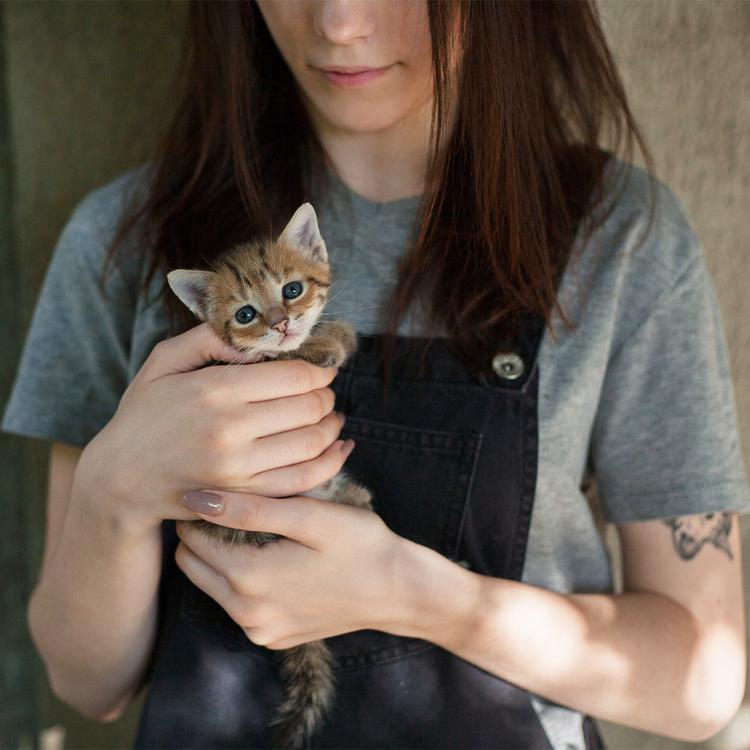
Adoption Advice
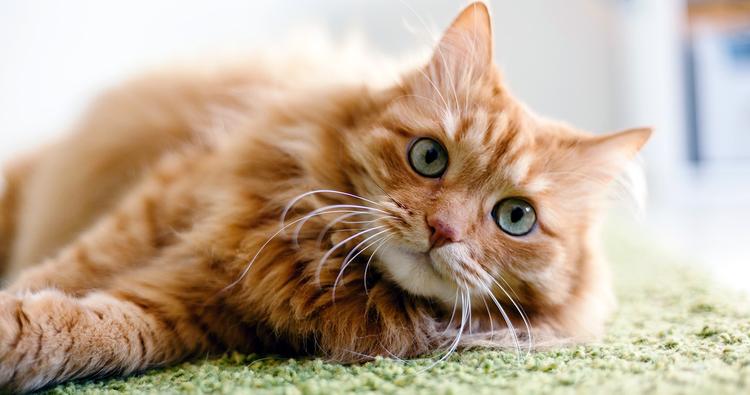
Behavior & Training
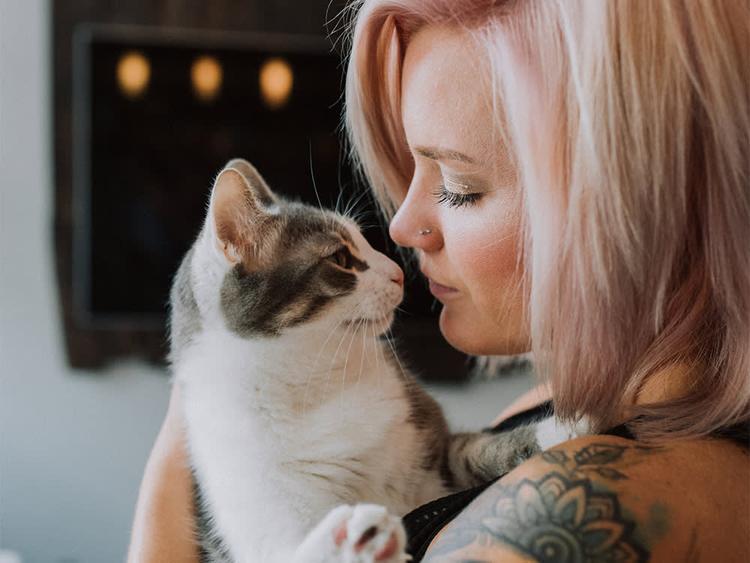
Breed Info

Adoption Advice
Cat introduction process not going well? Here’s what might be causing the issues.
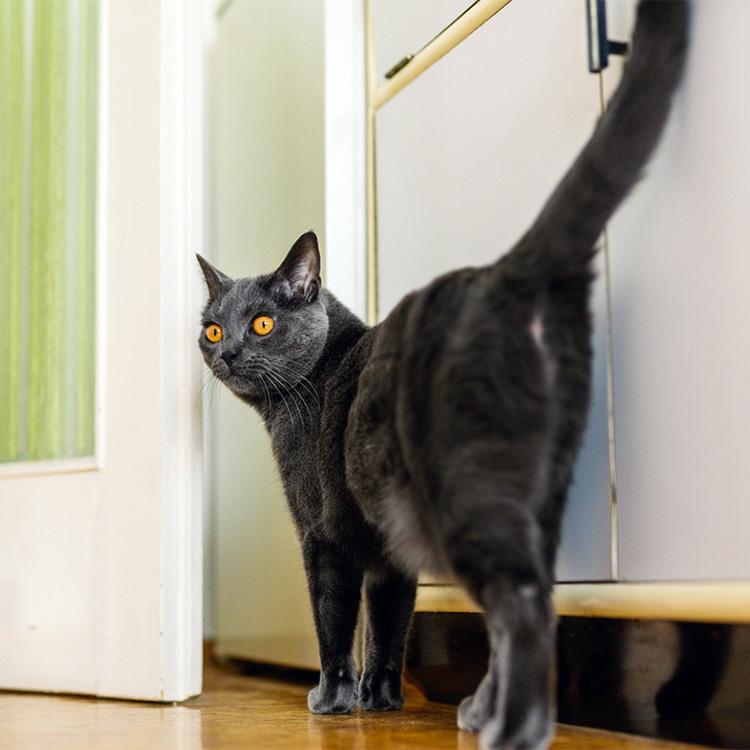
Behavior & Training
Is your cat spraying? Read more to learn the why cats spray and effective methods to stop this behavior.

Adoption Advice
Wondering about tax savings for pet expenses? Learn about Pet Tax Deductions to understand how to claim your pet on taxes